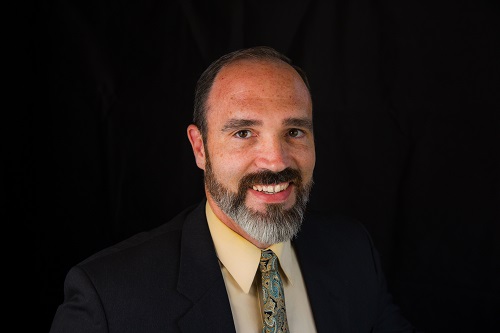Asimov at 100…Get to Know a Science Fiction Giant

Robert Heinlein, L. Sprague de Camp and Isaac Asimov, at the Philadelphia Navy Yard in 1944.
By Shawn Proctor
This month marks the centenary of the birth* of one science fiction’s founding figures, Isaac Asimov.**
His prose and letters not only set the direction for the genre’s fiction, but Asimov’s mind also popularized scientific concepts that have become central to science fiction across all media, including how we think of robotics, physics, and astronomy. If you’re a Simpsons fan, for example, the robot Killhammad Aieee in season 15 operated by Asimov’s laws of robotics. If you’re a cinephile, alas, you might agree that most of his adaptations (see: I, Robot with Will Smith) have been shades of so-so mixed with a dash of meh.
Still, Asimov’s literary shadow looms over so much that it’s understandable if his oeuvre seems intimidating. Asimov, who was a Professor of Biochemistry at Boston University, wrote or edited an estimated 500 books, in addition to hundreds of short stories. (A search of Falvey’s catalog yields over 100 novels and books of criticism, and almost 18,000 articles and essays!)
Required Reading: Where to begin?
For the deepest of dives into the most essential Asimov, tackle the first three books in the “Foundation Series,” which won a Hugo Award. They were written by young Asimov and offer a solid look at his intellectual acumen and workmanlike prose, which was common to early genre writers.
Up next? If this leaves you wanting stronger prose, check out Ray Bradbury. If you’re more interested in the science side of SF, then continue reading the “Foundation” books, jump to Asimov’s Robot series (I, Robot) or pick up Arthur C. Clarke (2001.)
Perhaps you aspire to snack on a mere Asimov appetizer, just to get the flavor. Then grab his short story “Nightfall.” Not to be confused with the longer adaptations of the same name, including a novel and novella, which offers the main idea stretched very thin, “Nightfall” is a short, potent exploration of the wonder/terror of glimpsing the unknown. It is dramatized in “Nightfall” by a planet of people that has yet to experience darkness finally seeing the cosmos beyond their world.
Extra Credit: Book a Space
For your own glimpse of space’s wonder, schedule a visit to Villanova’s public observatory on the top floor of Mendel Hall. It is currently open Monday through Thursday, 7-9 p.m., when classes are in session.
*Note: Asimov’s actual birth date is unknown. It was sometime between October 1919 and January 1920, according to his own recollection in In Memory Yet Green.
**Note 2: In the past several years, and especially during this milestone year, many in the writing community are reexamining Asimov’s behavior toward female fans and writers. His legacy as an author is secure, but Asimov the man was well known for unwanted touching and kissing.
In short, he was a problematic person and did much to make Science Fiction and Fantasy a hostile space for women, a legacy that lingers even today. Read JSTOR’s account here.

Shawn Proctor is Communication & Marketing Program Manager at Falvey Memorial Library.
0 Comments »
No comments yet.
RSS feed for comments on this post. TrackBack URI